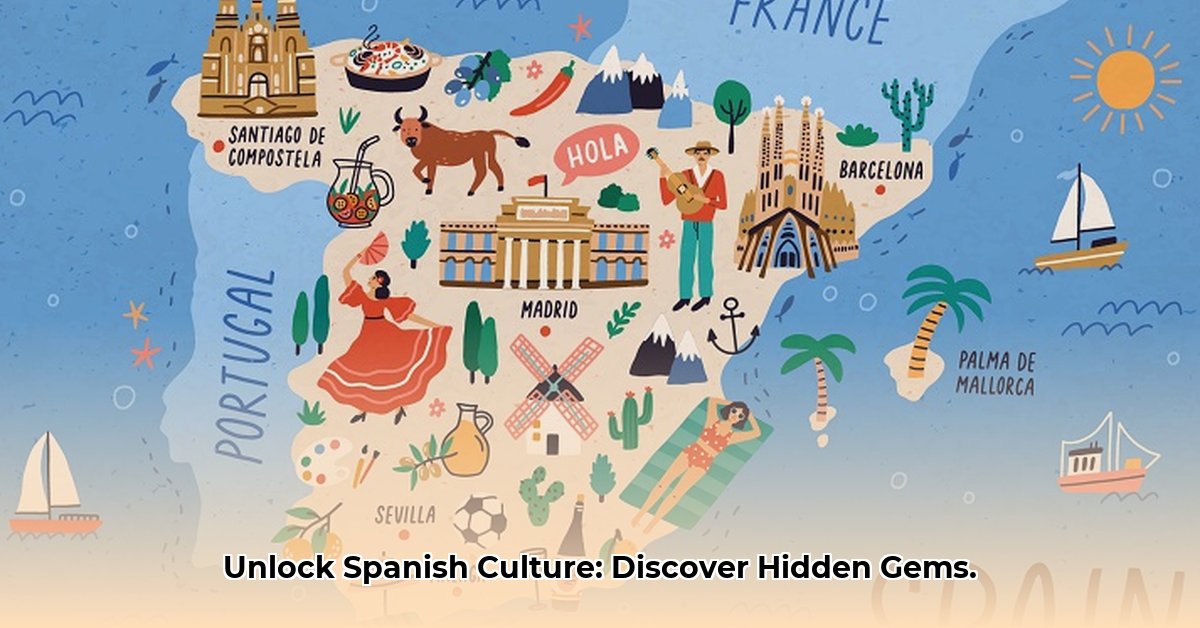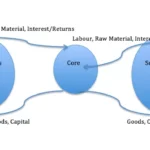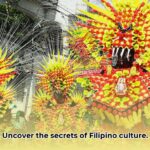Unveiling the Rich Tapestry of Hispanic Heritage
Spanish culture, a vibrant mosaic of traditions, cuisine, and history, beckons exploration. This guide delves into its heart, examining family dynamics, religious influences, artistic expressions, and regional nuances. Whether you’re a business seeking international expansion, an educator designing immersive lessons, or a traveler yearning for authentic experiences, this guide offers valuable insights and practical strategies.
Key Aspects of Spanish Culture: A Kaleidoscope of Diversity
Spanish culture, mirroring its language, is remarkably diverse. Each region offers a unique flavor, like a culinary adventure. Let’s explore its key facets:
Family and Social Relationships (La Familia): Family is the cornerstone of Spanish-speaking cultures, shaping social structures. The formality of address (“usted” vs. “tú”) reflects age, status, and regional norms. Argentina’s distinct use of “vos” highlights these variations. Extended family often plays an integral role in daily life, influencing child-rearing, communication styles, business interactions, and even decision-making processes. Understanding these dynamics is crucial for effective communication. How does this emphasis on family impact social support systems and community values?
Religion (La Religión): Catholicism’s influence is undeniable, shaping holidays, festivals, art, and daily routines. However, its observance varies widely, from fervent traditional practices to secular interpretations. Religious festivals, like Seville’s Holy Week processions, offer profound insights into local customs and community bonding. Exploring the spectrum of religious expression reveals its impact on personal identities and social interactions. How do religious beliefs intersect with cultural celebrations and rituals?
Art and Music (El Arte y la Música): Spanish art reflects the soul of its people, from flamenco’s raw passion to the masterpieces of renowned painters. Each region showcases unique artistic traditions. The grandeur of the Alhambra Palace contrasts sharply with the intimacy of a flamenco tablao. Engaging with these diverse art forms unlocks a deeper understanding of cultural expression. How has Spanish art influenced global artistic trends, and what are some emerging contemporary art forms?
Food and Cuisine (La Comida): Spanish cuisine is a symphony of flavors. While staples like olive oil, garlic, and tomatoes unite the regions, each boasts its own culinary gems. Tapas, paella, and gazpacho are more than just dishes; they’re narratives of local history, ingredients, and traditions. Exploring regional cuisine offers a deeper appreciation for the environment and cultural heritage. What is the significance of mealtimes and shared dining experiences in Spanish culture?
Regional Variations (Las Variaciones Regionales): Spanish isn’t a monolithic entity. Dialects, customs, and traditions vary significantly, even within a single country. The pronunciation of “j” exemplifies this diversity. Understanding these nuances is crucial for clear communication. Ignoring these variations can lead to misinterpretations and cultural misunderstandings. How can recognizing these regional differences foster greater cross-cultural understanding and more meaningful interactions?
Navigating the Nuances: Practical Strategies for Engagement
For Language Learners:
Regional Focus: Begin with one region to establish a strong foundation. Immerse yourself in its culture through music, movies, podcasts, literature, and interactive online platforms.
Authentic Materials: Engage with authentic materials like local newspapers, blogs, songs, and online forums for a genuine cultural immersion.
Conversational Practice: Converse with native speakers from your chosen region for real-world application, personalized feedback, and improved fluency.
For Business Professionals:
Targeted Market Research: Analyze your target market’s specific location, demographics, and cultural preferences to tailor your business strategies effectively.
Region-Specific Training: Invest in training that addresses the specific language, cultural nuances, and business etiquette of your target region.
Cultural Sensitivity Training: Develop cultural sensitivity and demonstrate respect for local customs to build strong business relationships.
For Travelers:
Essential Phrases: Learning basic regional phrases enhances communication and shows respect for the local culture.
Pronunciation Awareness: Be prepared for pronunciation variations and embrace the opportunity to learn from local speakers.
Cultural Immersion Activities: Participate in local festivals, savor regional cuisine, visit historical sites, and engage with the community for an authentic experience.
Essential Insights for Businesses Engaging with Spanish Culture
Relationship Building: Prioritize building personal relationships, fostering trust, and establishing rapport as foundations for successful business interactions.
Formality and Hierarchy: Recognize the importance of formal titles and hierarchical structures within companies.
Time and Scheduling: While a relaxed approach to time is common, punctuality demonstrates respect and professionalism.
Language Proficiency: Even basic Spanish skills can significantly enhance communication and demonstrate cultural appreciation.
Communication Styles: Direct communication is generally accepted, but maintain politeness and avoid confrontational language.
Social Engagement: Participate in social events to cultivate relationships and strengthen business connections.
Regional Adaptation: Tailor your approach to specific regional customs and business practices.
Future-Proofing Your Interactions with Spanish Speakers
Technological Integration: Leverage AI-powered language learning tools, VR/AR experiences, and online platforms for enhanced learning and engagement.
Cultural Immersion Programs: Seek out immersive cultural experiences, exchange programs, and community engagement opportunities for deeper understanding.
Personalized Language Learning: Embrace personalized learning approaches, adaptive assessments, and tailored feedback for optimal language acquisition.
Data Privacy Considerations: Address data privacy concerns and ensure ethical use of AI-powered language learning tools.
Accessible Language Resources: Promote equitable access to advanced language learning resources and technologies.
Conclusion
By appreciating the richness and complexity of Spanish culture and employing effective strategies, you can unlock a world of opportunities. Respectful engagement and cultural sensitivity are your invaluable companions on this enriching journey.
- Unlock Filipino Culture: A Deep Dive into Traditions and Practices - April 23, 2025
- Unlock Spanish Culture: Insights & Opportunities Now - April 23, 2025
- White Spirit Uses & Substitutes: A Deep Dive for Pros & DIYers - April 23, 2025















